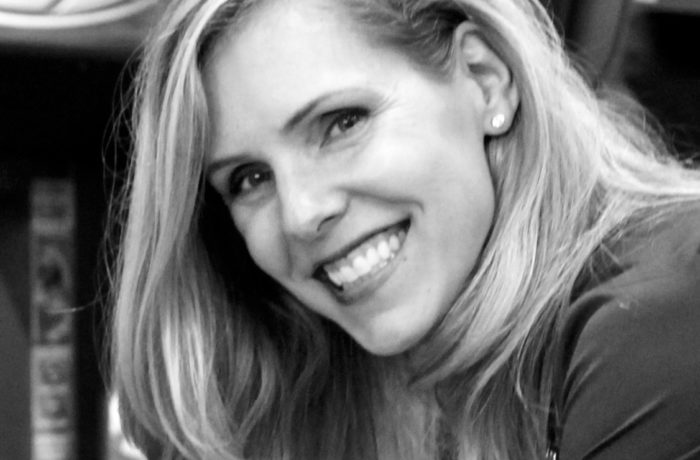When it comes to resumes—a vehicle of the job application process that may soon be outdated itself—many antiquated elements persist, especially when it comes to formatting. So what should a resume actually *look* like these days? We asked the experts.
THE BIG PICTURE
Say goodbye to…
Among those antiquated elements are some you may already know and a few that will surprise you. First and foremost, every single hiring manager I spoke to confirmed that you need to ditch that space-wasting “objective statement.” “Half of the time that component is actually limiting you when you apply to roles,” says Kelly Poulson, VP of Talent at Allen & Gerritsen. And you know that line that says, “references available upon request”? No, really? We assumed you would refuse. Get rid of it.
Creatives: design matters.
Michelle Robin, award-winning resume designer and Chief Career Brand Officer at Brand Your Career, gave me some tips she uses to bring her clients’ resumes into the 21st century. “A resume in today’s world needs to be focused on the value you bring to an employer, and it needs to show your brand—what is unique about you,” she says. For creative fields, that means design matters. “The top third of your resume needs to tell your story in quick sound bites—think Twitter!” She also encouraged creatives to add a splash of color to their resumes. “This alone will make you stand out from the competition at first glance,” she adds. If you are not graphic design-inclined but want your resume to reflect your creativity, don’t try to forge into InDesign and figure it out yourself—get a friend to help or even hire a professional!
Everyone else: keep it simple.
“If you are applying for an in-house graphic designer position, it is nice to have your resume reflect your creativity while still looking professional,” says Ceballos. “For everyone else, I believe a clean and straightforward look goes a long way—something that is pleasing to the eye and appealing to read from beginning to end.” Career counselor and executive coach Steve Langerud agrees. “Digital scanning kicks out most design elements and your resume will never get read,” he says. “Simple, simple, simple. Yes, this means boring.”
As for the age-old “one or two page” debate, Ceballos says that one page is great, but if it looks cluttered, there is no problem with having a two-pager. To get it down to one page, he says, “simplify information on readable columns and cut flowery grammar in favor of clear and concise information telling me exactly who you are.”
THE NITTY GRITTY
Let’s get down to the details shall we? For starters, pick a font and stick with it. As a graphic designer myself I feel confident in urging you—especially if you’re sending your resume digitally—to use a sans-serif font—Calibri at point size 10.5 or 11 is my personal preference. Sans-serif fonts are not only more modern, but easier to read. You’ll be able make the text smaller and fit more on the page without it looking crowded. As for ALL CAPS and bolding, use them sparingly. “My goal is to hold a paper copy at arms length, read fewer than 20 highlighted words and know enough about the candidate to want to speak with them or not,” says Langerud.
Try a new supplementary format.
“Searching for a job is about so much more than the resume these days,” says Poulson. “We recently asked for candidates to create a Tumblr showing us why they’d be the person for the job. It allowed them to show personality, creativity and leveled the playing field so hiring managers would be more inclined to take a closer look at people who might not have all of the exact experience.” Brilliant. Check out who they ended up hiring for a great example of using a new medium to supplement your paper resume.
And guess how else you can do this without any coding skills whatsoever…try a Levo profile! For inspiration, check out some of our favorites on Levo Front and Center.
Make sure a computer can read it too.
Juston D. Smith, Lead Developer at Spectacle Marketing & Design, warns that a fun format can sometimes be disastrous when trying to land your dream job. “Applicants shouldn’t forget that an *algorithm* ultimately decides whose resume shows up at the top of the hiring manager’s list,” he says. “I almost learned this the hard way when I applied for an IT position with Amazon a few years ago. My resume had all the bells and whistles—awesome layout, mini-portfolio, and so on.” Luckily, an employee warned him that if he submitted his resume as it was, the computer would not process the formatting and he would never hear back.
So sure, bring a modern, beautiful resume to any in-person appointments and attach that PDF when emailing a person directly, but you need to have another plain version. If you’re applying for positions via any electronic systems, you must send a PDF made from Word that is damn near plain text.
But no matter what your resume looks like, always send a PDF.
 A version of this article was originally published by our content partner Levo League. Levo.com connects you with the people and learnings you need to advance your career.
A version of this article was originally published by our content partner Levo League. Levo.com connects you with the people and learnings you need to advance your career.





